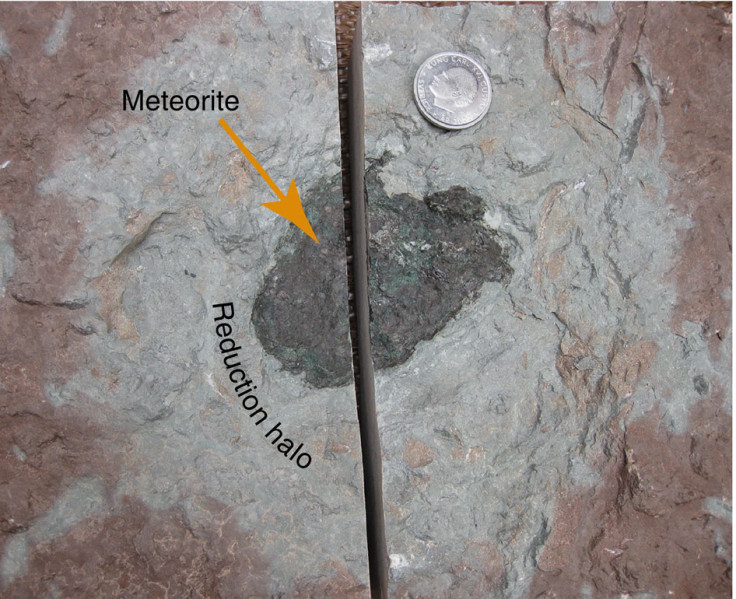First 'extinct meteorite' discovered in Swedish quarry dates back 470 million years

A mysterious rock presumed to be a meteorite has been unearthed at a quarry in Sweden. Preliminary studies indicate that the rock may be the first-ever "extinct meteorite" – a member of a class of meteorites that no longer fall to Earth as the parent body it came from has been "consumed by collisions".
Birger Schmitz and his colleagues from Lund University in Sweden published a study on the find in the journal Nature Communications. In it, they suggest that the rock could shed light on the history and formation of our solar system.
"It is unique," Schmitz told IFL Science. "What makes it so special is that it has a composition that doesn't resemble any meteorite that we know of today."
Researchers believe that the meteorite came from a collision between two asteroids about 470 million years ago. Most meteorites found on Earth are known as L chondrites, having come from a single parent body that collided with a smaller asteroid. However, no evidence of the other asteroid has ever been found.
What is an L chondrite?
Chondrites are fragments from a parent asteroid that had been hit by a smaller asteroid, probably a tenth of its size.
Ordinary chondrites are the dominant type of meteorite falling on Earth today, representing about 85% of the total flux. They are divided in three subgroups, H (42% of ordinary chondrite falls), L (47%) and LL (11%), depending on their iron and metal content. The name "L chondrite" is derived from their low level of iron.
They are thought to come from the near-Earth asteroid 433 Eros.
The small fossil meteorite, named Österplana 065, measures 8 centimetres (3 inches) across. Its age was determined by measuring its cosmic ray exposure.
The unique composition of chromium and oxygen isotopes that made up the rock is what differentiates it from any known meteorite.
Researchers believe the meteorite represents the remains of an asteroid that collided with the larger L chondrite parent body. They say the Ӧst 65 was probably largely destroyed in the collision, which is why this type of meteorite has not been found on Earth before.
"Our finding gives a hint that meteorites that fall on Earth today may not be representative of what has been falling on our planet through the ages," Schmitz said.
While the origins of most meteorites are still unknown, astronomers believe that a majority of them may have landed on earth during the Ordovician meteor event – a proposed meteorite shower that occurred roughly 470 million years ago. This new meteorite is suspected to be part of that shower.
"Although we cannot rule out that a meteorite similar to Öst 65 may eventually be found among meteorites falling on Earth today, we can be quite certain that the Öst 65 type does not represent one per cent of the 52,600 classified recent meteorites. At the most there could be a few overlooked specimens," the study states.
© Copyright IBTimes 2025. All rights reserved.






















